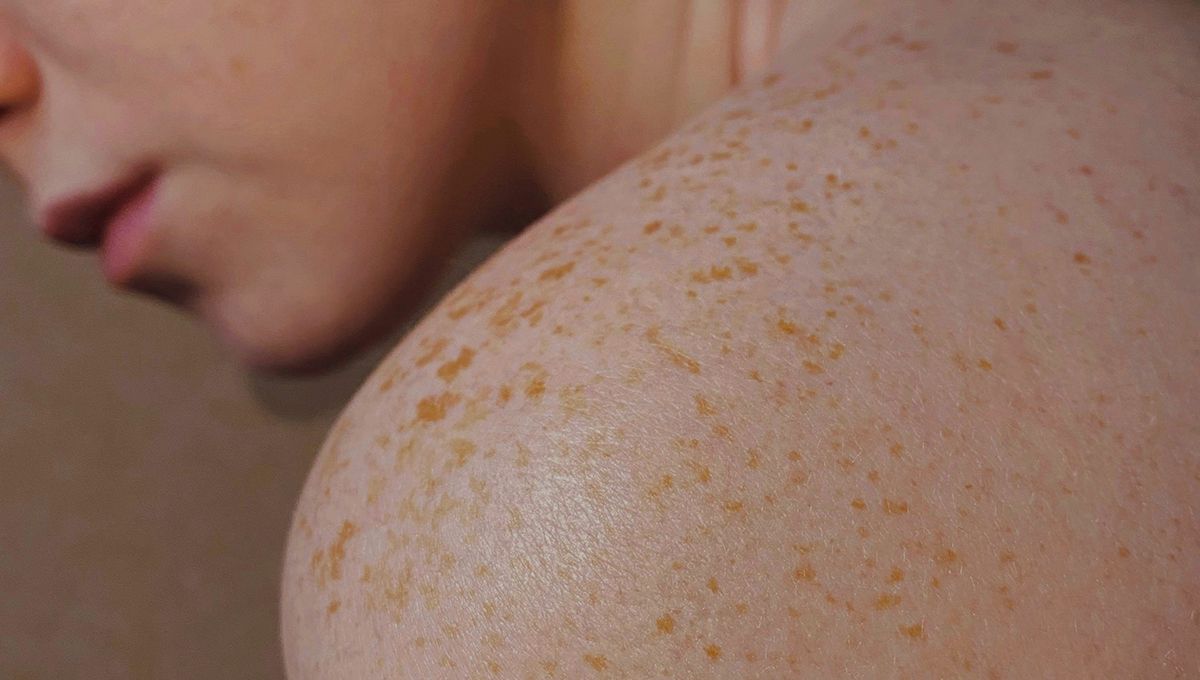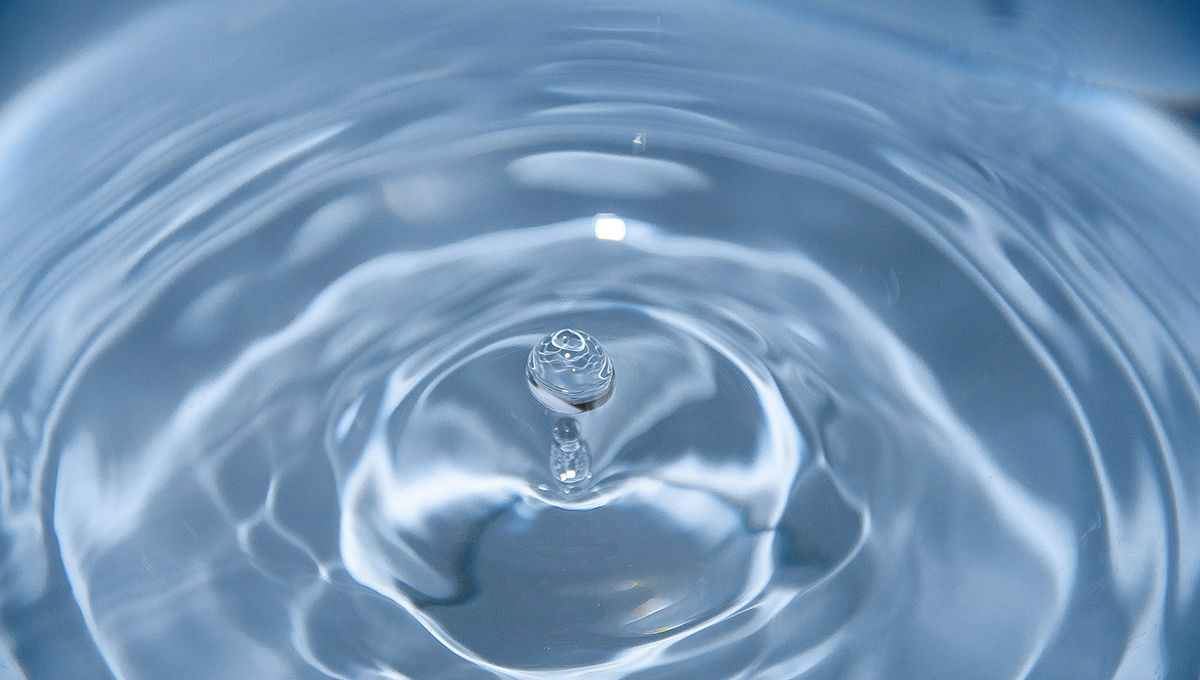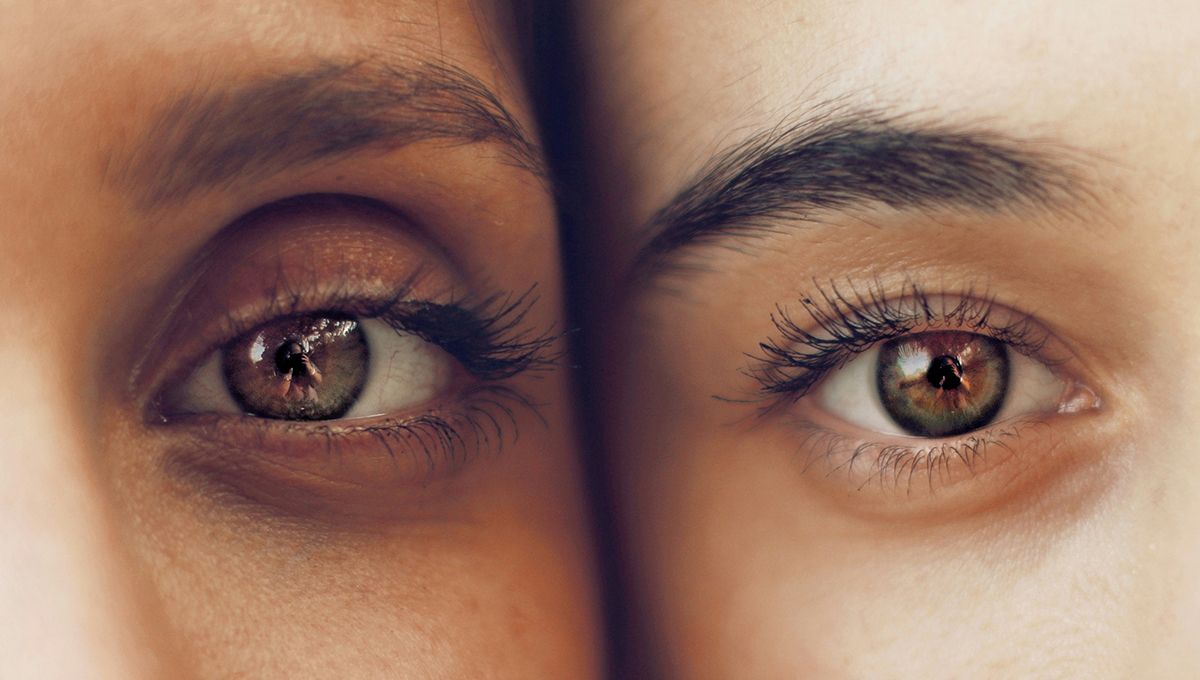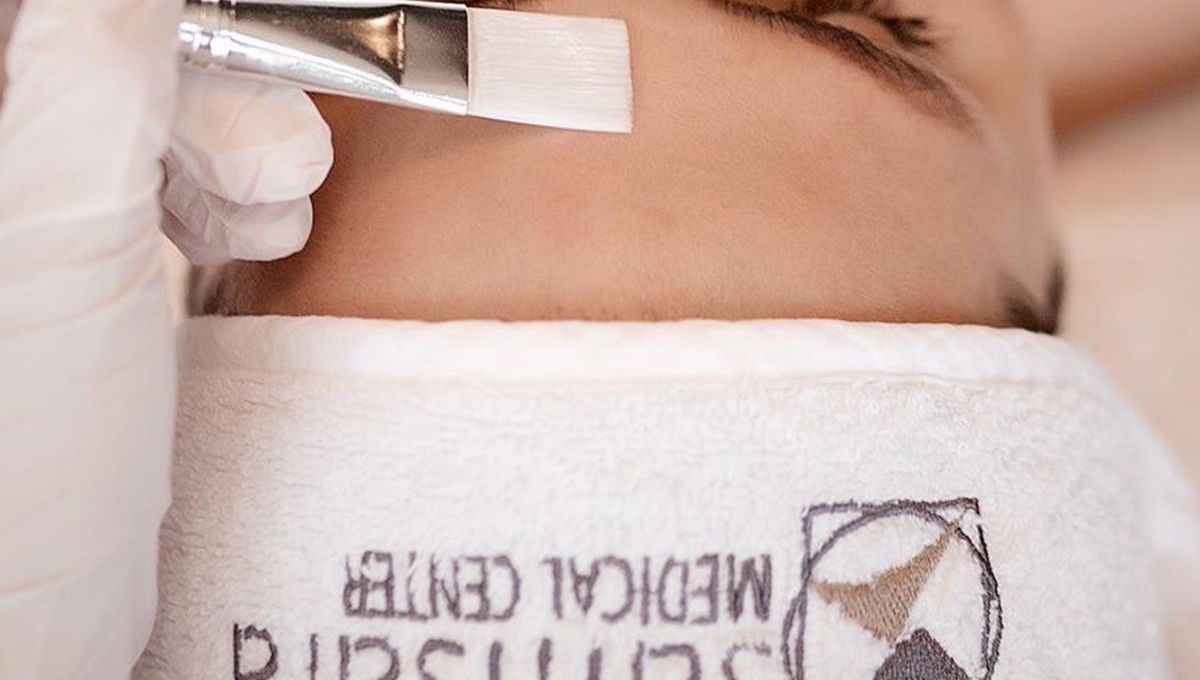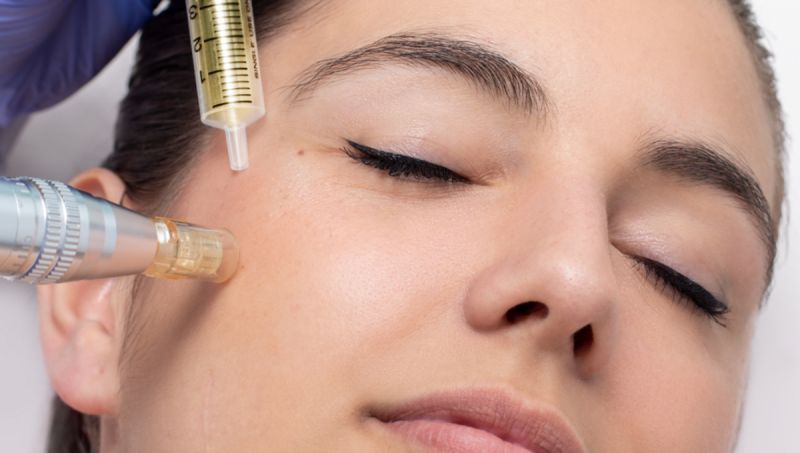
Botox or Microbotox? Clarifying ideas
Answers to the 7 most frequently asked questions about non-invasive Microbotox.
What is Microbotox? Does it hurt?
The Microbotox protocol involves the use of various devices combined with a final delivery of active ingredients (hyaluronic acid, vitamins, amino acids, botox and peptides) via micro-needles that act only at a superficial level. They do not cause any pain.
Does Microbotox act on muscles like Botox? What are its benefits?
If Botox acts on muscle contraction, Microbotox works on skin texture, improving its radiance, hydration and regulating sebum production by the sebaceous glands.
After how long will I see the results of Microbotox and how much time should elapse between sessions?
The result of the Microbotox treatment is visible from the very first session. We recommend repeating the treatment after about 20 days in order to intensify the effect and ensure that the results are maintained over time. The number of sessions is subjective.
Do I have to take any special precautions immediately after treatment?
Once the Microbotox is finished, the patient can return to his or her daily routine without any special precautions.
How long does the Microbotox treatment last and for whom is it indicated?
The treatment lasts one hour and is suitable for all skin types. We recommend the treatment from the age of 25. It is contraindicated in the case of pregnancy and/or breastfeeding.
If I undergo Microbotox, I will not be able to do Botox and vice versa?
The two treatments are compatible and complement each other and can also be performed on the same day.
To conclude, then, what is the difference between Botox and the non-invasive Microbotox Protocol?
The Botox treatment consists of infiltrations of botulinum toxin aimed at smoothing out expression lines caused by the repeated contraction of our facial expression muscles. Microbotox, on the other hand, is a non-invasive treatment that consists of a synergy between medical technologies and active ingredients such as vitamins, amino acids, peptides, hyaluronic acid and Botox, acting at the superficial epidermal level.

